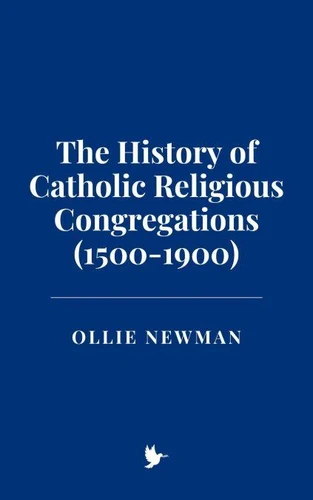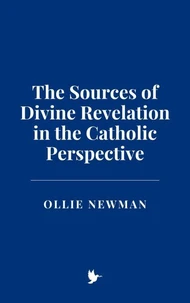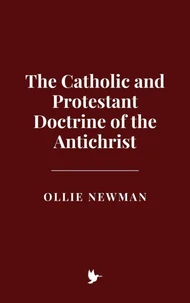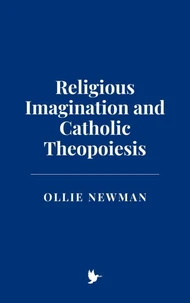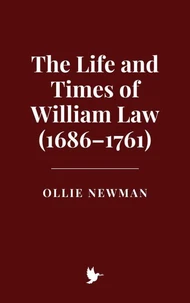The History of Catholic Religious Congregations (1500-1900)
Par :Formats :
Disponible dans votre compte client Decitre ou Furet du Nord dès validation de votre commande. Le format ePub est :
- Compatible avec une lecture sur My Vivlio (smartphone, tablette, ordinateur)
- Compatible avec une lecture sur liseuses Vivlio
- Pour les liseuses autres que Vivlio, vous devez utiliser le logiciel Adobe Digital Edition. Non compatible avec la lecture sur les liseuses Kindle, Remarkable et Sony
 , qui est-ce ?
, qui est-ce ?Notre partenaire de plateforme de lecture numérique où vous retrouverez l'ensemble de vos ebooks gratuitement
Pour en savoir plus sur nos ebooks, consultez notre aide en ligne ici
- FormatePub
- ISBN8230643692
- EAN9798230643692
- Date de parution13/02/2025
- Protection num.pas de protection
- Infos supplémentairesepub
- ÉditeurIndependently Published
Résumé
The Catholic Church, with its vast and complex network of religious orders and congregations, has been a central figure in shaping the course of Western civilization. From its roots in the early monastic movements to the more structured and varied religious congregations that emerged in the 16th through 19th centuries, the Church's religious orders became instrumental in both spiritual and social transformation.
Between 1500 and 1900, Catholic religious congregations played a critical role not only in the preservation of the faith during periods of political and theological upheaval but also in the development of education, charity, social services, and missionary work around the world. This era marks a period of intense spiritual renewal, expansion, and reform within the Church, responding to challenges both internal-such as the Protestant Reformation-and external, such as the growing influence of Enlightenment ideas and the advent of colonial empires.
Between 1500 and 1900, Catholic religious congregations played a critical role not only in the preservation of the faith during periods of political and theological upheaval but also in the development of education, charity, social services, and missionary work around the world. This era marks a period of intense spiritual renewal, expansion, and reform within the Church, responding to challenges both internal-such as the Protestant Reformation-and external, such as the growing influence of Enlightenment ideas and the advent of colonial empires.
The Catholic Church, with its vast and complex network of religious orders and congregations, has been a central figure in shaping the course of Western civilization. From its roots in the early monastic movements to the more structured and varied religious congregations that emerged in the 16th through 19th centuries, the Church's religious orders became instrumental in both spiritual and social transformation.
Between 1500 and 1900, Catholic religious congregations played a critical role not only in the preservation of the faith during periods of political and theological upheaval but also in the development of education, charity, social services, and missionary work around the world. This era marks a period of intense spiritual renewal, expansion, and reform within the Church, responding to challenges both internal-such as the Protestant Reformation-and external, such as the growing influence of Enlightenment ideas and the advent of colonial empires.
Between 1500 and 1900, Catholic religious congregations played a critical role not only in the preservation of the faith during periods of political and theological upheaval but also in the development of education, charity, social services, and missionary work around the world. This era marks a period of intense spiritual renewal, expansion, and reform within the Church, responding to challenges both internal-such as the Protestant Reformation-and external, such as the growing influence of Enlightenment ideas and the advent of colonial empires.

